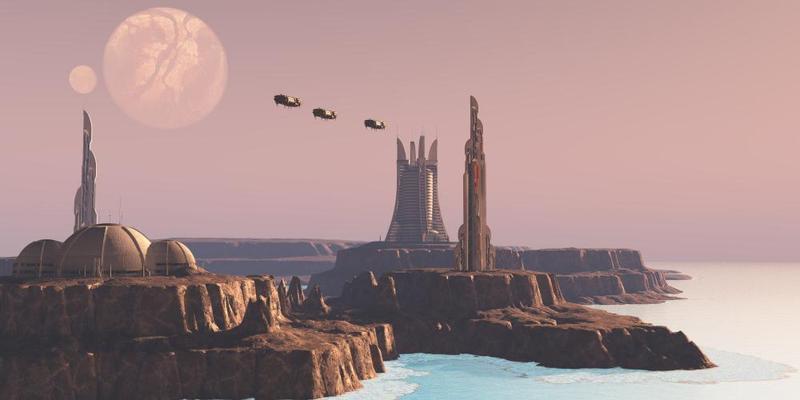Hidden History: Graham Hancock Reveals Another Timeline For Humanity
Hidden History: Graham Hancock Reveals Another Timeline For Humanity

Graham Hancock is one of the few great pioneers in alternative history. Formerly working as a journalist for the big media companies, he set off on a journey to discover the real truth of our origins. His research is startling, and quite possibly erases the old narrative of history.
There is evidence that the timeline of civilization extends much further back than just ten thousand years ago.
The famous ancient monument in Egypt, The Great Sphinx, stands today showing signs of erosion as if water had been running through its walls for many years.
This of course means that there had to have been long periods of rainfall in the Sahara Desert at the time it was built, as water must have been touching it long enough to cause the erosion seen on the Sphinx.
There has been almost no rain in the desert for approximately 5,000 years. Was the Sphinx perhaps built at a much earlier time, like right after the Ice Age when the climate was drastically different?
We find other evidence of older civilizations across the world. The Gobleki Tepe is a monument in Turkey which dates back to approximately 11,000 years ago.
It remains showing a structure consisting of carefully engineered stone tablets and carvings of animals such as lions and gazelles that lived nowhere near Turkey at the time.
The findings of this structure certainly suggest that humans were living in a much more advanced society than previously thought (cave dwellers or early agricultural settlers of remote numbers of people) due to the higher population and skill/knowledge set required to create it.
And as for where the ancient peoples came up with the idea to carve those animals out? No idea.
Shockingly, if we keep looking, we find other traces of civilizations around the world that predate the oldest known remains, like the Dwarka in India, the 12,000-year-old tunnel network running from Scotland to Turkey, and many more.
These civilizations even stood out for their cultural advancement. Most remarkable is the Piri Reismap, put together by a cartographer in 1513 that accurately depicts the world and its continents connected, including Antarctica.
Antarctica is actually shown as a habitable place, once housed by humans.
The level of geography and math — not seen until at least the 1800s — that it took to accurately display a map like that is far ahead of its time. The presence of longitudes, the equator, and even spots of Antarctica that only satellites have been able to pick up remain inexplicable.
Atlantis?
These are the “fingerprints of the gods,” as Graham Hancock would put it. But where are these fingerprints sourced from?
Graham Hancock contends that Antarctica was once Atlantis. He believed that the entire continent was once booming with life until natural disasters changed the climate to the point that sea levels rose and temperatures dropped.
Was there really an advanced civilization living on Earth at one time that we haven’t heard of? If there was, could it have been more advanced than ours? Graham Hancock’s accumulated evidence certainly creates a strong case for it.
His published books called Underworld: The Mysterious Origins of Civilization, Fingerprints of the Gods, and his newest, Magician of the Gods, go into much further detail about this fascinating alternative history.
Be the first to post a message!